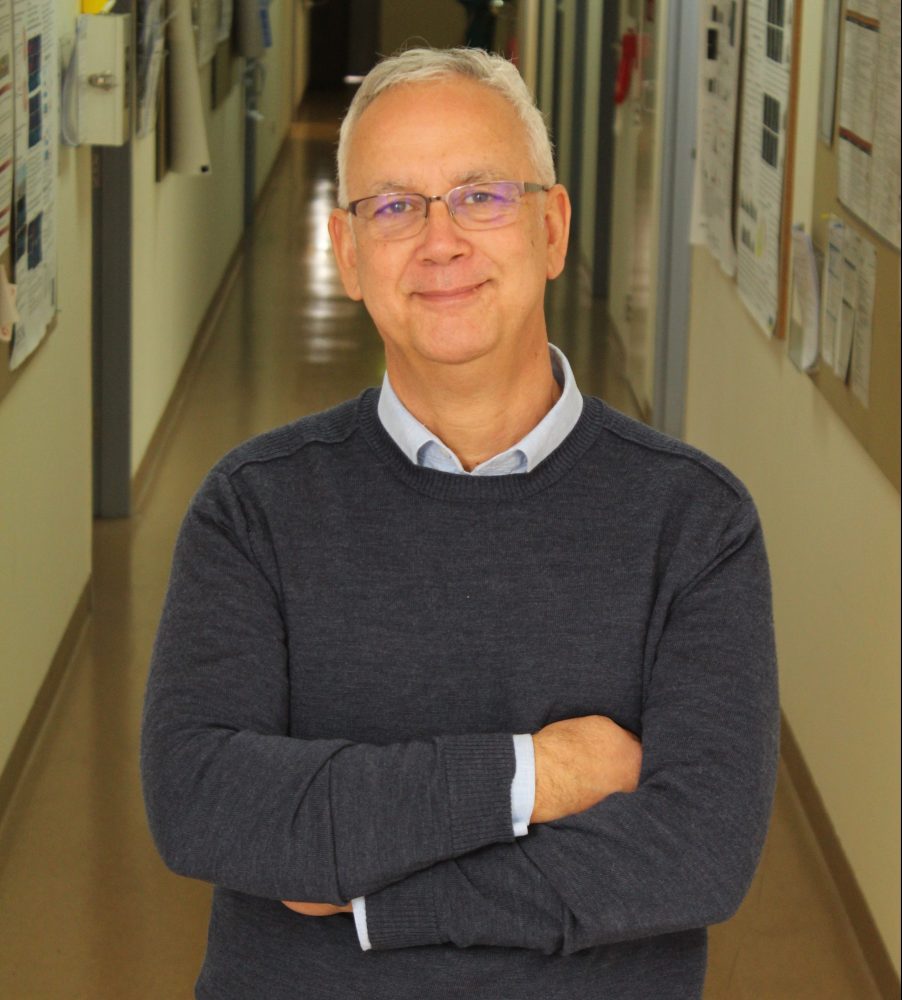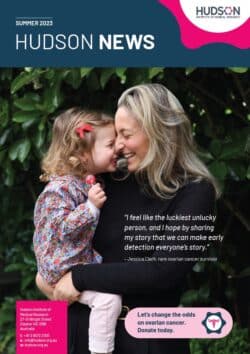New genetic explanation for intersex provides hope
A study led by Professor Vincent Harley and Dr Daniel Bird examining the genetic causes of intersex, where a person is born with characteristics that are not clearly male or female, has been selected in ‘The Best of 2017′ Endocrine Society journals list.

About 1 in 5000 babies are born with disorders of sex development (DSDs), or intersex, where their genetic, hormonal or physical sex characteristics (genitals, gonads and chromosome patterns) are not typically male or female.
Only around 50 per cent of people with DSDs, or intersex, are diagnosed. While improvements in genetic sequencing are helping to better understand the causes of intersex and diagnose patients, many unsolved genetic pieces of the puzzle remain.
Professor Harley and Dr Bird’s paper, Testis Determination Requires a Specific FGFR2 Isoform to Repress FOXL2, identified a receptor that helps control a protein responsible for promoting the development of testes.
The team showed that this protein, fibroblast growth factor receptor 2c (Fgfr2c), also blocks a pro-female signalling pathway for a key gene responsible for growing ovarian cells.
New genetic explanation for intersex
Equal first author Dr Daniel Bird says the study offers a new genetic explanation for a subset of XY (the chromosomal pattern normally found in males) intersex patients.
“Our research suggests that mutations in this testes-growing Fgfr2c gene, already known to cause skeletal defects, are also likely to give rise to XY Disorders of Sex Development (DSDs),” Dr Bird says.
“Clinical genetic screens at birth could be adjusted to include this new genetic link, to help more people receive a diagnosis and manage the condition better.”
The publication was selected by the editors of the Endocrinology group of journals, which includes Endocrinology, The Journal of Clinical Endocrinology & Metabolism, and Journal of the Endocrine Society, as one of their top six papers for 2017.
Team | Dr Daniel Bird, Dr Stefan Bagheri-Fam (equal first author), Dr Liang Zhao, Mrs Janelle Ryan, Ms Meiyun Yong, Dr Dagmar Wilhelm, Prof Peter Koopman, A/Prof Veraragavan P. Eswarakumar and Prof Vincent Harley
Contact us
Hudson Institute communications
t: + 61 3 8572 2761
e: communications@hudson.org.au


